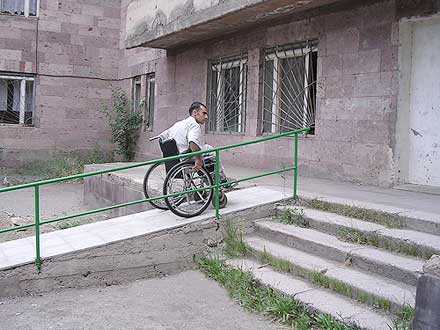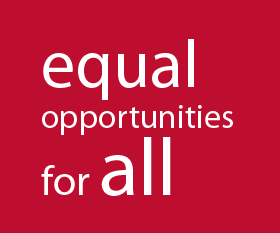|
For a person with limited mobility, vision or hearing difficulties, the physical environment can either facilitate or seriously limit their independence and access to everyday activities. With this in mind, accessibility must be considered both in one’s home and in public spaces and buildings.
A barrier free environment allows a person with a disability to live more independently within their own home, as well as access public buildings and participate in community activities. Barrier free designs assists not only those with disabilities (including wheelchair users), but also pregnant women, elderly people, parents with children in strollers, and many others with limited mobility. This is why a barrier free design is often referred to as a universal design.
In Armenia, the principles of universal design are not widely practiced. Current legislation requires that all new construction and remodels of buildings and facilities should be built incorporating universal accessibility. This legislation however is not routinely practiced nor enforced.
In reality, there are a lot of inaccessible public buildings and facilities (both newly constructed and existing). Public transportation is totally inaccessible for a wheelchair user. As a result of the efforts of Unison and our public awareness campaign, the issue of accessibility is improving, but much still remains to be done.
For detailed information on specific issues related to universal design, please download the Accessibility Guidelines: part1 and part2. If you want to make your bathroom accessible, you may find it useful to download this file: Accessible Bathroom.
 |



